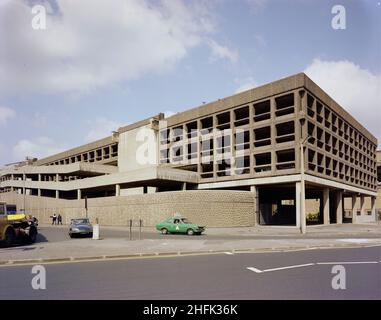 Minories Car Park, 1 Shorter Street, City of London, 01/04/1976. Minories Car Park from the south east. Laing built the Minories Car Park between July 1968 and December 1969. It was the ninth of fourteen large off-street car parks planned by the City of London in the 1950s to be completed. Flint for the exposed aggregate precast spandrel panels was carefully selected for a uniform colour and textured finish. Hemlock planks were used to give a textured finish to the exposed cast in-situ concrete walls, inspired by the Queen Elizabeth Hall on the South Bank. The hammered finish on the fluted con Stock Photohttps://www.alamy.com/licenses-and-pricing/?v=1https://www.alamy.com/minories-car-park-1-shorter-street-city-of-london-01041976-minories-car-park-from-the-south-east-laing-built-the-minories-car-park-between-july-1968-and-december-1969-it-was-the-ninth-of-fourteen-large-off-street-car-parks-planned-by-the-city-of-london-in-the-1950s-to-be-completed-flint-for-the-exposed-aggregate-precast-spandrel-panels-was-carefully-selected-for-a-uniform-colour-and-textured-finish-hemlock-planks-were-used-to-give-a-textured-finish-to-the-exposed-cast-in-situ-concrete-walls-inspired-by-the-queen-elizabeth-hall-on-the-south-bank-the-hammered-finish-on-the-fluted-con-image457109035.html
Minories Car Park, 1 Shorter Street, City of London, 01/04/1976. Minories Car Park from the south east. Laing built the Minories Car Park between July 1968 and December 1969. It was the ninth of fourteen large off-street car parks planned by the City of London in the 1950s to be completed. Flint for the exposed aggregate precast spandrel panels was carefully selected for a uniform colour and textured finish. Hemlock planks were used to give a textured finish to the exposed cast in-situ concrete walls, inspired by the Queen Elizabeth Hall on the South Bank. The hammered finish on the fluted con Stock Photohttps://www.alamy.com/licenses-and-pricing/?v=1https://www.alamy.com/minories-car-park-1-shorter-street-city-of-london-01041976-minories-car-park-from-the-south-east-laing-built-the-minories-car-park-between-july-1968-and-december-1969-it-was-the-ninth-of-fourteen-large-off-street-car-parks-planned-by-the-city-of-london-in-the-1950s-to-be-completed-flint-for-the-exposed-aggregate-precast-spandrel-panels-was-carefully-selected-for-a-uniform-colour-and-textured-finish-hemlock-planks-were-used-to-give-a-textured-finish-to-the-exposed-cast-in-situ-concrete-walls-inspired-by-the-queen-elizabeth-hall-on-the-south-bank-the-hammered-finish-on-the-fluted-con-image457109035.htmlRM2HFK36K–Minories Car Park, 1 Shorter Street, City of London, 01/04/1976. Minories Car Park from the south east. Laing built the Minories Car Park between July 1968 and December 1969. It was the ninth of fourteen large off-street car parks planned by the City of London in the 1950s to be completed. Flint for the exposed aggregate precast spandrel panels was carefully selected for a uniform colour and textured finish. Hemlock planks were used to give a textured finish to the exposed cast in-situ concrete walls, inspired by the Queen Elizabeth Hall on the South Bank. The hammered finish on the fluted con
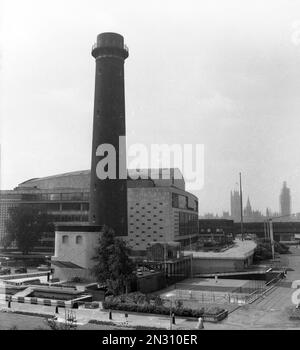 1950s, historicla, exterior view of the Shot Tower and the Royal Festival Hall, on the South Bank, Lambeth, London, England, UK. The Shot Tower at the Lambeth Lead Works, was built in 1826 and was the only existing building retained on the site for the Festival of Britain held in 1951. Designed by Sir Robert Matthew and J L Martin, the hall was built in 1949-51 as a concert hall for the Festival. Waterloo Bridge is in the distance. In 1962 the tower was demolished and the Queen Elizabeth Hall opened in 1967. Stock Photohttps://www.alamy.com/licenses-and-pricing/?v=1https://www.alamy.com/1950s-historicla-exterior-view-of-the-shot-tower-and-the-royal-festival-hall-on-the-south-bank-lambeth-london-england-uk-the-shot-tower-at-the-lambeth-lead-works-was-built-in-1826-and-was-the-only-existing-building-retained-on-the-site-for-the-festival-of-britain-held-in-1951-designed-by-sir-robert-matthew-and-j-l-martin-the-hall-was-built-in-1949-51-as-a-concert-hall-for-the-festival-waterloo-bridge-is-in-the-distance-in-1962-the-tower-was-demolished-and-the-queen-elizabeth-hall-opened-in-1967-image518177375.html
1950s, historicla, exterior view of the Shot Tower and the Royal Festival Hall, on the South Bank, Lambeth, London, England, UK. The Shot Tower at the Lambeth Lead Works, was built in 1826 and was the only existing building retained on the site for the Festival of Britain held in 1951. Designed by Sir Robert Matthew and J L Martin, the hall was built in 1949-51 as a concert hall for the Festival. Waterloo Bridge is in the distance. In 1962 the tower was demolished and the Queen Elizabeth Hall opened in 1967. Stock Photohttps://www.alamy.com/licenses-and-pricing/?v=1https://www.alamy.com/1950s-historicla-exterior-view-of-the-shot-tower-and-the-royal-festival-hall-on-the-south-bank-lambeth-london-england-uk-the-shot-tower-at-the-lambeth-lead-works-was-built-in-1826-and-was-the-only-existing-building-retained-on-the-site-for-the-festival-of-britain-held-in-1951-designed-by-sir-robert-matthew-and-j-l-martin-the-hall-was-built-in-1949-51-as-a-concert-hall-for-the-festival-waterloo-bridge-is-in-the-distance-in-1962-the-tower-was-demolished-and-the-queen-elizabeth-hall-opened-in-1967-image518177375.htmlRM2N310ER–1950s, historicla, exterior view of the Shot Tower and the Royal Festival Hall, on the South Bank, Lambeth, London, England, UK. The Shot Tower at the Lambeth Lead Works, was built in 1826 and was the only existing building retained on the site for the Festival of Britain held in 1951. Designed by Sir Robert Matthew and J L Martin, the hall was built in 1949-51 as a concert hall for the Festival. Waterloo Bridge is in the distance. In 1962 the tower was demolished and the Queen Elizabeth Hall opened in 1967.
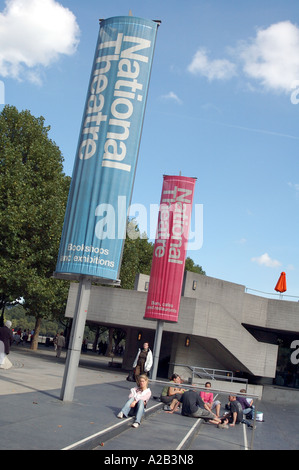 The National Theatre, South Bank, London, England with multi-coloured banners and tourists relaxing Stock Photohttps://www.alamy.com/licenses-and-pricing/?v=1https://www.alamy.com/the-national-theatre-south-bank-london-england-with-multi-coloured-image5980567.html
The National Theatre, South Bank, London, England with multi-coloured banners and tourists relaxing Stock Photohttps://www.alamy.com/licenses-and-pricing/?v=1https://www.alamy.com/the-national-theatre-south-bank-london-england-with-multi-coloured-image5980567.htmlRMA2B3N8–The National Theatre, South Bank, London, England with multi-coloured banners and tourists relaxing
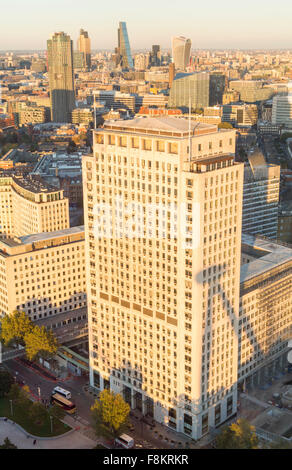 Shell Centre building on South Bank, London, England Stock Photohttps://www.alamy.com/licenses-and-pricing/?v=1https://www.alamy.com/stock-photo-shell-centre-building-on-south-bank-london-england-91404763.html
Shell Centre building on South Bank, London, England Stock Photohttps://www.alamy.com/licenses-and-pricing/?v=1https://www.alamy.com/stock-photo-shell-centre-building-on-south-bank-london-england-91404763.htmlRMF8KRKR–Shell Centre building on South Bank, London, England
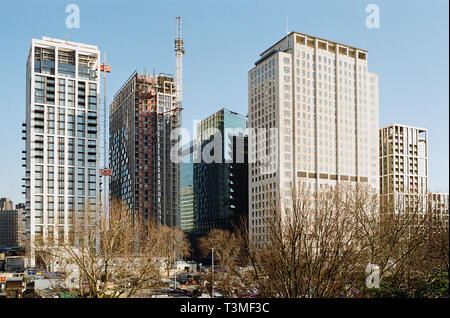 New tall buildings and the Shell Centre building on the South Bank, London UK, near the London Eye Stock Photohttps://www.alamy.com/licenses-and-pricing/?v=1https://www.alamy.com/new-tall-buildings-and-the-shell-centre-building-on-the-south-bank-london-uk-near-the-london-eye-image243240016.html
New tall buildings and the Shell Centre building on the South Bank, London UK, near the London Eye Stock Photohttps://www.alamy.com/licenses-and-pricing/?v=1https://www.alamy.com/new-tall-buildings-and-the-shell-centre-building-on-the-south-bank-london-uk-near-the-london-eye-image243240016.htmlRMT3MF3C–New tall buildings and the Shell Centre building on the South Bank, London UK, near the London Eye
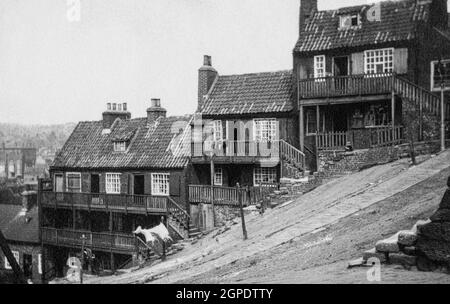 Houses with exterior wooden stairs and galleries on Boulby Bank in Whitby in July 1926 Stock Photohttps://www.alamy.com/licenses-and-pricing/?v=1https://www.alamy.com/houses-with-exterior-wooden-stairs-and-galleries-on-boulby-bank-in-whitby-in-july-1926-image444086523.html
Houses with exterior wooden stairs and galleries on Boulby Bank in Whitby in July 1926 Stock Photohttps://www.alamy.com/licenses-and-pricing/?v=1https://www.alamy.com/houses-with-exterior-wooden-stairs-and-galleries-on-boulby-bank-in-whitby-in-july-1926-image444086523.htmlRF2GPDTTY–Houses with exterior wooden stairs and galleries on Boulby Bank in Whitby in July 1926
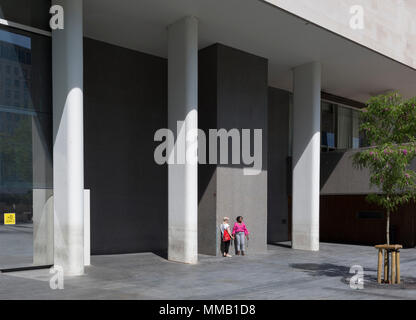 Ladies take a sunshine break outside the Royal Festival Hall on the Southbank, on 9th May 2018, in London, England. Stock Photohttps://www.alamy.com/licenses-and-pricing/?v=1https://www.alamy.com/ladies-take-a-sunshine-break-outside-the-royal-festival-hall-on-the-southbank-on-9th-may-2018-in-london-england-image184639428.html
Ladies take a sunshine break outside the Royal Festival Hall on the Southbank, on 9th May 2018, in London, England. Stock Photohttps://www.alamy.com/licenses-and-pricing/?v=1https://www.alamy.com/ladies-take-a-sunshine-break-outside-the-royal-festival-hall-on-the-southbank-on-9th-may-2018-in-london-england-image184639428.htmlRMMMB1D8–Ladies take a sunshine break outside the Royal Festival Hall on the Southbank, on 9th May 2018, in London, England.
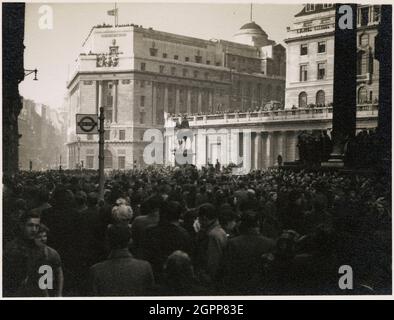 National Westminster Bank, Prince's Street, City and County of the City of London, Greater London Authority, 1952. A view from Cornhill towards the National Westminster Bank, looking over crowds gathered outside the Royal Exchange and on rooftops of nearby buildings and the Bank of England, for the public proclamation of Queen Elizabeth II at the Royal Exchange. Princess Elizabeth was formally proclaimed Queen on 8th February 1952, following the death of her father, George VI, on 6th February. An accession proclamation was published in the London Gazette on 6th February and in The Times on 7th Stock Photohttps://www.alamy.com/licenses-and-pricing/?v=1https://www.alamy.com/national-westminster-bank-princes-street-city-and-county-of-the-city-of-london-greater-london-authority-1952-a-view-from-cornhill-towards-the-national-westminster-bank-looking-over-crowds-gathered-outside-the-royal-exchange-and-on-rooftops-of-nearby-buildings-and-the-bank-of-england-for-the-public-proclamation-of-queen-elizabeth-ii-at-the-royal-exchange-princess-elizabeth-was-formally-proclaimed-queen-on-8th-february-1952-following-the-death-of-her-father-george-vi-on-6th-february-an-accession-proclamation-was-published-in-the-london-gazette-on-6th-february-and-in-the-times-on-7th-image444270946.html
National Westminster Bank, Prince's Street, City and County of the City of London, Greater London Authority, 1952. A view from Cornhill towards the National Westminster Bank, looking over crowds gathered outside the Royal Exchange and on rooftops of nearby buildings and the Bank of England, for the public proclamation of Queen Elizabeth II at the Royal Exchange. Princess Elizabeth was formally proclaimed Queen on 8th February 1952, following the death of her father, George VI, on 6th February. An accession proclamation was published in the London Gazette on 6th February and in The Times on 7th Stock Photohttps://www.alamy.com/licenses-and-pricing/?v=1https://www.alamy.com/national-westminster-bank-princes-street-city-and-county-of-the-city-of-london-greater-london-authority-1952-a-view-from-cornhill-towards-the-national-westminster-bank-looking-over-crowds-gathered-outside-the-royal-exchange-and-on-rooftops-of-nearby-buildings-and-the-bank-of-england-for-the-public-proclamation-of-queen-elizabeth-ii-at-the-royal-exchange-princess-elizabeth-was-formally-proclaimed-queen-on-8th-february-1952-following-the-death-of-her-father-george-vi-on-6th-february-an-accession-proclamation-was-published-in-the-london-gazette-on-6th-february-and-in-the-times-on-7th-image444270946.htmlRM2GPP83E–National Westminster Bank, Prince's Street, City and County of the City of London, Greater London Authority, 1952. A view from Cornhill towards the National Westminster Bank, looking over crowds gathered outside the Royal Exchange and on rooftops of nearby buildings and the Bank of England, for the public proclamation of Queen Elizabeth II at the Royal Exchange. Princess Elizabeth was formally proclaimed Queen on 8th February 1952, following the death of her father, George VI, on 6th February. An accession proclamation was published in the London Gazette on 6th February and in The Times on 7th
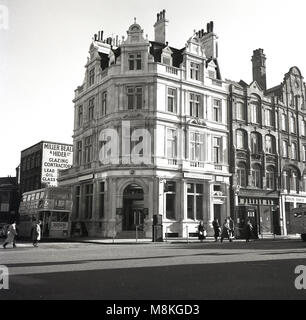 1950s, historical, a routemaster bus waiting outside the grand Westminster Bank building on corner of Greenland Rd, Camden Town, London, NW1, England. In the distance can be seen signage for Miller, Beal & Hilder, building merchants and glazing contactors whose offices are next to the bank. Also seen is a 'police box' on Camden Street' Stock Photohttps://www.alamy.com/licenses-and-pricing/?v=1https://www.alamy.com/stock-photo-1950s-historical-a-routemaster-bus-waiting-outside-the-grand-westminster-177450927.html
1950s, historical, a routemaster bus waiting outside the grand Westminster Bank building on corner of Greenland Rd, Camden Town, London, NW1, England. In the distance can be seen signage for Miller, Beal & Hilder, building merchants and glazing contactors whose offices are next to the bank. Also seen is a 'police box' on Camden Street' Stock Photohttps://www.alamy.com/licenses-and-pricing/?v=1https://www.alamy.com/stock-photo-1950s-historical-a-routemaster-bus-waiting-outside-the-grand-westminster-177450927.htmlRMM8KGD3–1950s, historical, a routemaster bus waiting outside the grand Westminster Bank building on corner of Greenland Rd, Camden Town, London, NW1, England. In the distance can be seen signage for Miller, Beal & Hilder, building merchants and glazing contactors whose offices are next to the bank. Also seen is a 'police box' on Camden Street'
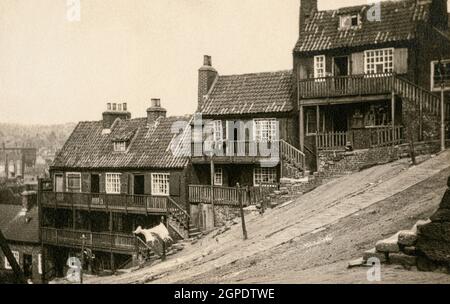 Washing flaps on line outside houses on Boulby Bank in Whitby in July 1926 Stock Photohttps://www.alamy.com/licenses-and-pricing/?v=1https://www.alamy.com/washing-flaps-on-line-outside-houses-on-boulby-bank-in-whitby-in-july-1926-image444086538.html
Washing flaps on line outside houses on Boulby Bank in Whitby in July 1926 Stock Photohttps://www.alamy.com/licenses-and-pricing/?v=1https://www.alamy.com/washing-flaps-on-line-outside-houses-on-boulby-bank-in-whitby-in-july-1926-image444086538.htmlRF2GPDTWE–Washing flaps on line outside houses on Boulby Bank in Whitby in July 1926
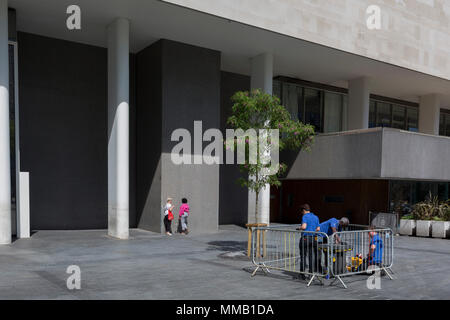 While workmen attend to a job, ladies take a sunshine break outside the Royal Festival Hall on the Southbank, on 9th May 2018, in London, England. Stock Photohttps://www.alamy.com/licenses-and-pricing/?v=1https://www.alamy.com/while-workmen-attend-to-a-job-ladies-take-a-sunshine-break-outside-the-royal-festival-hall-on-the-southbank-on-9th-may-2018-in-london-england-image184639430.html
While workmen attend to a job, ladies take a sunshine break outside the Royal Festival Hall on the Southbank, on 9th May 2018, in London, England. Stock Photohttps://www.alamy.com/licenses-and-pricing/?v=1https://www.alamy.com/while-workmen-attend-to-a-job-ladies-take-a-sunshine-break-outside-the-royal-festival-hall-on-the-southbank-on-9th-may-2018-in-london-england-image184639430.htmlRMMMB1DA–While workmen attend to a job, ladies take a sunshine break outside the Royal Festival Hall on the Southbank, on 9th May 2018, in London, England.
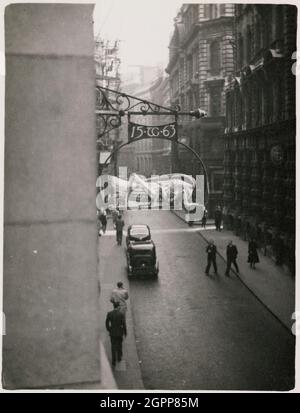 Martins Bank, Lombard Street, City and County of the City of London, Greater London Authority, 1950-1953. Looking east along Great George Street towards Big Ben and Parliament Square, with pedestrians on the pavement in the foreground. The sign of the grasshopper was the crest of the Gresham family, and was used to distinguish the house of Thomas Gresham in Lombard Street in the 16th century. Gresham was a financier to Edward VI, Mary I and Elizabeth I, and founder of the Royal Exchange. The sign bears Gresham's initials and the date 1563; it is believed he traded at the site from this date. T Stock Photohttps://www.alamy.com/licenses-and-pricing/?v=1https://www.alamy.com/martins-bank-lombard-street-city-and-county-of-the-city-of-london-greater-london-authority-1950-1953-looking-east-along-great-george-street-towards-big-ben-and-parliament-square-with-pedestrians-on-the-pavement-in-the-foreground-the-sign-of-the-grasshopper-was-the-crest-of-the-gresham-family-and-was-used-to-distinguish-the-house-of-thomas-gresham-in-lombard-street-in-the-16th-century-gresham-was-a-financier-to-edward-vi-mary-i-and-elizabeth-i-and-founder-of-the-royal-exchange-the-sign-bears-greshams-initials-and-the-date-1563-it-is-believed-he-traded-at-the-site-from-this-date-t-image444271008.html
Martins Bank, Lombard Street, City and County of the City of London, Greater London Authority, 1950-1953. Looking east along Great George Street towards Big Ben and Parliament Square, with pedestrians on the pavement in the foreground. The sign of the grasshopper was the crest of the Gresham family, and was used to distinguish the house of Thomas Gresham in Lombard Street in the 16th century. Gresham was a financier to Edward VI, Mary I and Elizabeth I, and founder of the Royal Exchange. The sign bears Gresham's initials and the date 1563; it is believed he traded at the site from this date. T Stock Photohttps://www.alamy.com/licenses-and-pricing/?v=1https://www.alamy.com/martins-bank-lombard-street-city-and-county-of-the-city-of-london-greater-london-authority-1950-1953-looking-east-along-great-george-street-towards-big-ben-and-parliament-square-with-pedestrians-on-the-pavement-in-the-foreground-the-sign-of-the-grasshopper-was-the-crest-of-the-gresham-family-and-was-used-to-distinguish-the-house-of-thomas-gresham-in-lombard-street-in-the-16th-century-gresham-was-a-financier-to-edward-vi-mary-i-and-elizabeth-i-and-founder-of-the-royal-exchange-the-sign-bears-greshams-initials-and-the-date-1563-it-is-believed-he-traded-at-the-site-from-this-date-t-image444271008.htmlRM2GPP85M–Martins Bank, Lombard Street, City and County of the City of London, Greater London Authority, 1950-1953. Looking east along Great George Street towards Big Ben and Parliament Square, with pedestrians on the pavement in the foreground. The sign of the grasshopper was the crest of the Gresham family, and was used to distinguish the house of Thomas Gresham in Lombard Street in the 16th century. Gresham was a financier to Edward VI, Mary I and Elizabeth I, and founder of the Royal Exchange. The sign bears Gresham's initials and the date 1563; it is believed he traded at the site from this date. T